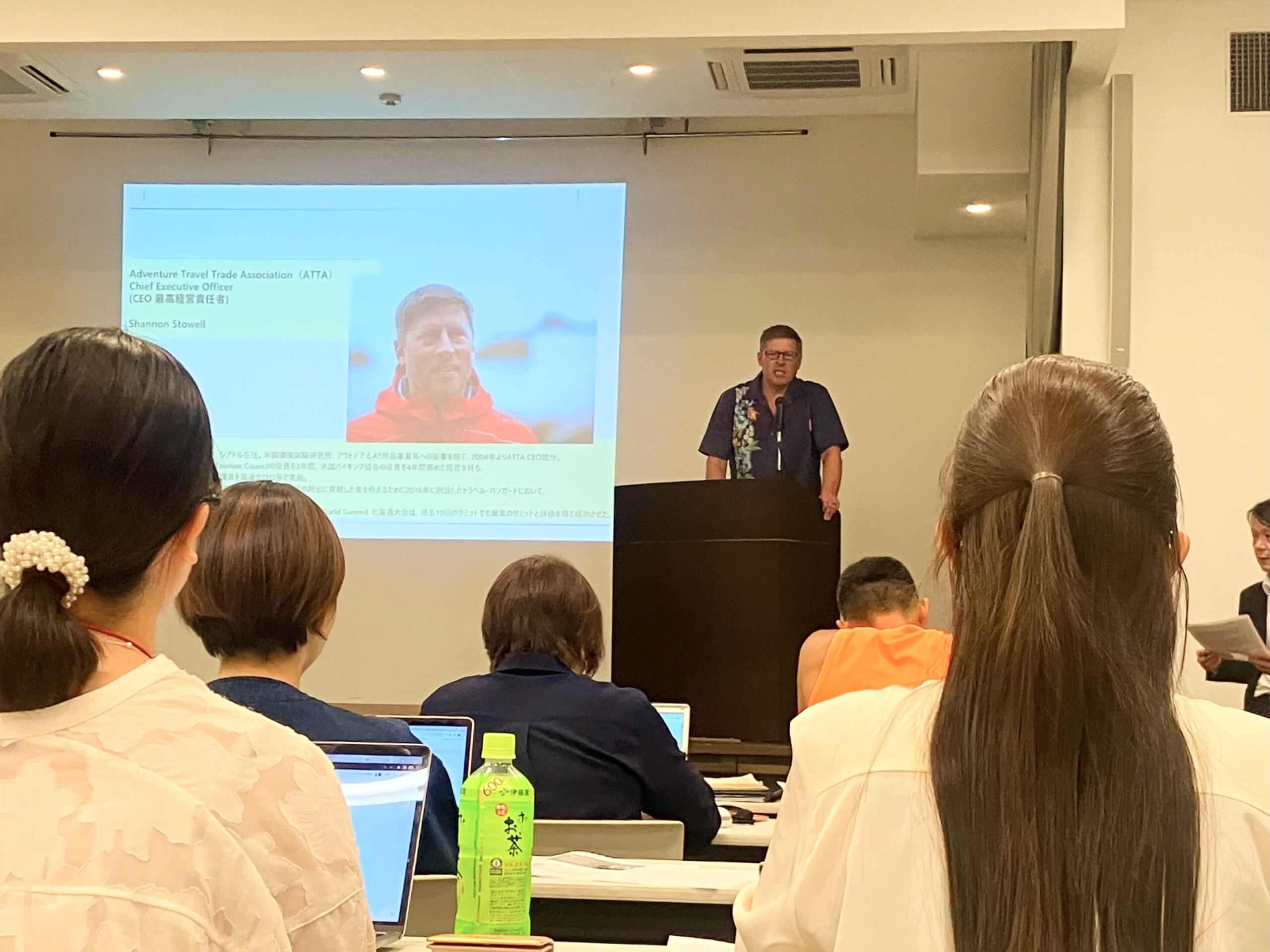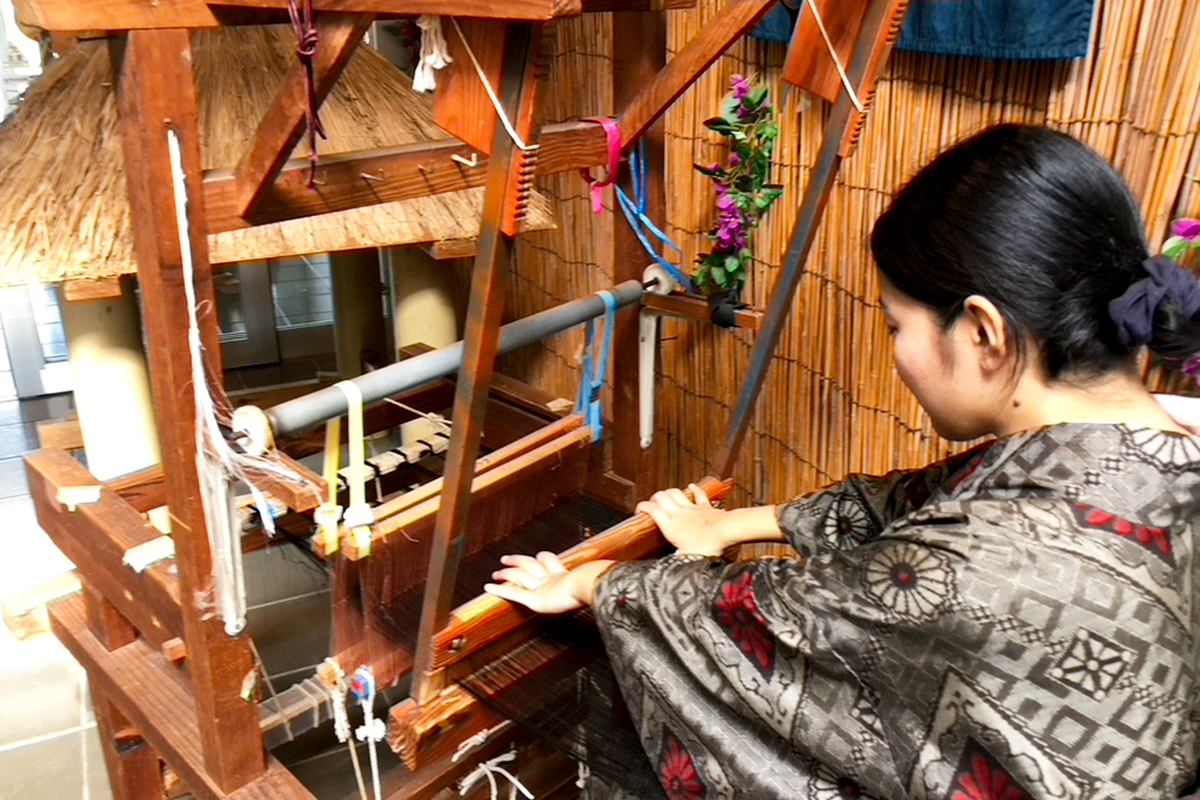I listened to a speech by Shannon Stowell, the CEO of the Adventure Travel Trade Association, and gained important insights for those working in adventure tourism. I will summarize two key points about Adventure Tourism.

The first point is that no matter how beautiful the natural environment of a region may be, there are thousands of similar places around the world. For example, Amami Oshima Island boasts a rich biodiversity in its forests and beautiful coral reef seas. However, when you look at the world, there are many regions with beautiful forests and seas, such as Costa Rica, Australia, Madagascar, the Amazon, and more. So, what can make Amami Oshima Island stand out as a travel destination? Shannon provided a hint – the unique value of a place comes from its local people, culture, way of life, and customs, which are found nowhere else. By engaging with these aspects and integrating them into the experience, the distinctiveness of the location is highlighted.

The second point is the balance between safety and enjoyment. This was an eye-opener for me as well. Have you ever said “No” to a customer’s request that deviates from the usual plan, whether you’re a guide or in another role? The reason for saying “No” might be the various “risks” involved, such as the effort it would take or concerns about safety. However, it’s essential to think with a bit more flexibility: “How can I enhance this customer’s satisfaction?” For instance, by providing the necessary equipment, understanding the customer’s skill level, taking control of the situation, and sometimes even charging an extra fee, you might be able to reduce the risks and make it feasible. This can significantly increase the value of the experience and the customer’s satisfaction (of course, ensuring safety is paramount). Shannon shared that he has had such experiences and was extremely satisfied with them.
Shannon mentioned that everyone knows that adventure tourism is great, but many do not practice it because it can be hard and complex. He emphasized that it can be more challenging than attracting large hotels or cruise ships. However, when you overcome this difficulty, genuine experiential value is created, and it can lead to sustainable and wholesome tourism for the region.
